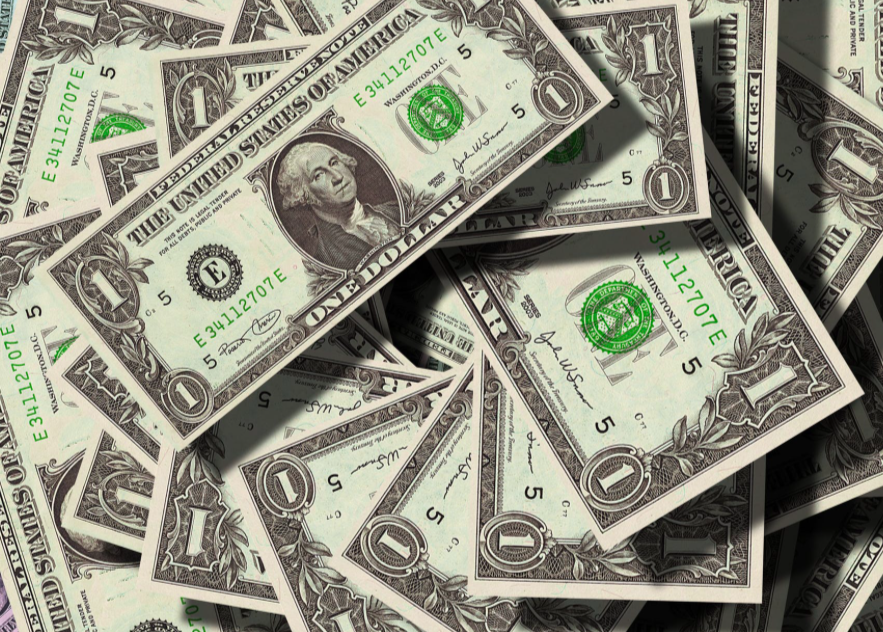Many, if not most people, dream of building financial independence through real estate investment. The vast majority of people that want to start investing don’t have enough money in the coffers to buy their first property outright. Banks usually aren’t willing to finance a fix-n-flipper or, as one banker put it, “a rental jockey.” Hard money is usually where people turn to start building their dream, but what is the impact of borrowing on real estate investments?
In order to look at how borrowing impacts investing, let’s create a hypothetical scenario with a relatively inexpensive hard money loan and compare it to a cash sale. Let’s assume that you are purchasing a property for $150,000 and you are putting $40,000 worth of renovations, closing costs, and fees into the property. After you finish your hypothetical purchase, let’s assume that it takes you 3 months to complete your renovation, another 30 days on the market, and another 30 days to close on the sale of the property for $230,000. You’re hypothetical loan will cost you 9% interest and 2 “points” in origination fees…amounts that are low for a hard money loan. Since you will have closing costs on both transactions, we’ll not include those in the calculation to keep things simple, but we will include 5% in real estate commissions in both scenarios.
We start with the investment if you use your cash with no borrowing…a situation that most new investors aren’t lucky enough to find themselves in. You’ll have a total of $190,000 of your own cash into the deal and you will receive $230,000 at closing. That means you will make $40,000 minus real estate commissions of $11,500 for a net of $28,500 in profit over 5 months you’ve had your hypothetical investment. Your net return of $28,500 divided by your cash in of $190,000 means that your percentage return is 15%, but since you only had your money outstanding for 5 months, your annualized return would be 36% ( (15%/5 months) X 12 months in a year) ).
Let’s now turn to the scenario where you use borrowing, also known as leverage, to complete your transaction. In this scenario, we’ll assume you are putting 25% of your $190,000 costs down on the deal. This means you are putting $47,500 down and borrowing $142,500 at 9% interest and you are paying 2 “points” (each point is 1% of the loan amount) for a total of $2850 in points. This takes your initial loan balance up to $145,350.
With a loan balance of $145,350, you will be paying interest of $5450.63 ($145,350 loan balance X 9% interest divided by 12 months in a year X the five months that you had the money). Instead of making the $28,500 return on your investment that you would have with a cash transaction, you have to subtract the costs of borrowing, so your $28,500 return minus the points of $2850 and interest of $5450.63 leave you with a return of $20,199.37. It is less money, but because you only have $47,500 of your money into the transaction, your return is $42.5%. ($20,199.37 / $47,500). That’s an annualized return of 102%!
Here’s where you get into trouble. Not every investment you will make sells in the time that you think it will. As a matter of fact, it is quite common for investments to take much more time to sell than you think it will.
Let’s assume that instead of 5 months from purchase to sell, it takes 9 months to sell. Your interest shoots up an additional 4 months, or an additional $4360,50. That means your return drops down to $15,838.87. The clock ticks away with each passing day that it takes you to unload the investment. If anything happens to go wrong, you could find yourself paying more in loan interest and fees than you make on the deal.
Borrowing money can be a great way to get started…that usually means using hard money. You can get rolling with very little money out of your pocket, but it can also cost you more than your investment if things don’t go as planned.

